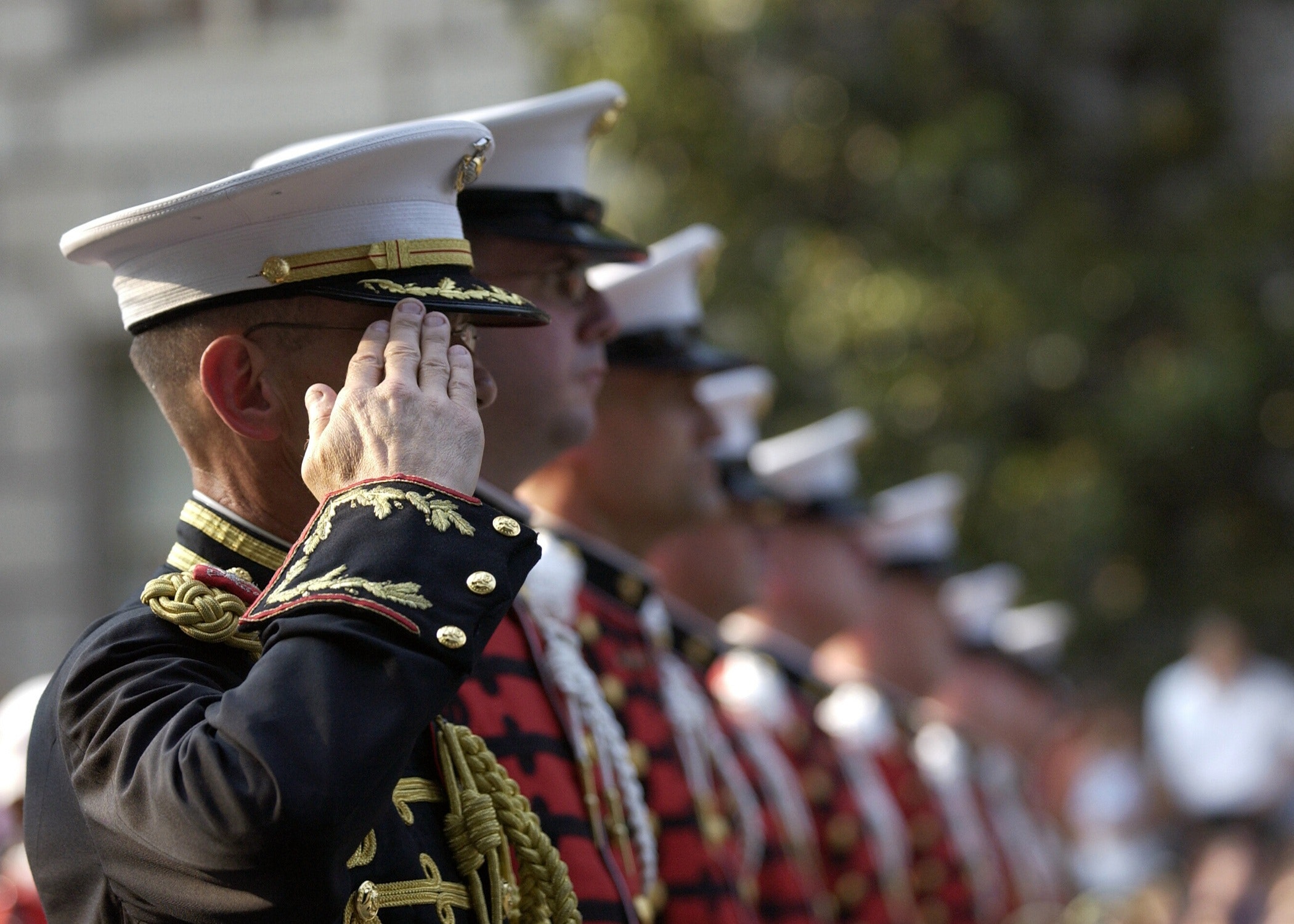“No plan ever survives contact with the enemy,“
says Colonel Tom Kolditz, the head of behavioral sciences division at Westpoint.
“Unpredictable things happen. Weather changes. Key Assets get destroyed. Enemy responds in a way you didn’t expect. Often, the carefully discussed and strategized plan becomes useless 10 minutes into the battle.”
– Colonel Tom Kolditz
Just imagine. There is so much at stake here. One wrong move and it triggers a domino effect that might turn out to be catastrophic, not just in the war but for the entire country, in decades to come.
The battlefield is a noisy, unpredictable and chaotic environment. However, it’s also the most important place which requires perfect teamwork and efficiency.
Our workplaces might not have the same far-reaching consequences as the army, but it’s a battlefield alright.
Unpredictable things can happen here too. Client’s mood changes. Client brief gets revised. Key employees might not be available. You get the drift.
I can imagine you nodding your head when I say that our workplaces can just be as noisy, unpredictable and chaotic. One surprise move and we might have to forget all our plans and rely solely on instinct.
In an environment like this, what can we do to ensure that ideas stick, plans get executed, efficiency is maintained, teams coordinate and eventually the goal gets achieved?
The Commander’s Intent
“Over time we’ve come to understand more and more about what makes people successful in complex operations, ” says Colonel Kolditz.
In the 1980s, the Army adapted it’s planning process by inventing a concept called The Commander’s Intent(CI).
CI is a crisp, plain-talk statement that appears at the top of every order, specifying the plan’s goal, the desired end-state of an operation.
The CI never specifies so much detail that it risks being rendered obsolete by unpredictable events.
“You can lose the ability to execute the original plan, but you never lose the responsibility of executing the intent,” says Kolditz.
Commander’s Intent manages to align the behavior of soldiers at all levels without requiring play-by-play instructions from their leaders.
Let’s understand CI with a more familiar example.
Remember the last time your friends decided to catch up and have dinner together. Did you have to give them step by step instructions on what to do and how to do it?
Chances are that you must have said something like “Let’s meet at The Crowne Plaza on King’s Road at 9 pm this Thursday.”
When people know the desired destination, they’re free to improvise, as needed, in arriving there.
Colonel Kolditz says it the best.
“As a commander, I could spend a lot of time enumerating every specific task, but as soon as people know what the intent is they begin generating their own solutions.”
Can we use the idea of Commander’s Intent in our workplaces? More importantly, can we use it to improve teamwork and efficiency?
The Workplace Battlefield
Let’s take our war analogy even further. Every manager is a commander and each of his team members are his soldiers.
What happens when a Commander’s Intent is used by the team manager?
As is quite common in Indian IT Service companies, my team used to work offshore from India and our manager was on-site in the US.
As you might imagine, the elements of unpredictability, uncertainty, and chaos become potentially more prominent in a situation like this.
Our team was working with a tight deadline on a demand generation campaign for one of our capabilities. As it turns out, our manager himself had a tight deadline on another one of his projects.
Time was of the essence. Manager’s guidance was paramount. Consequences were substantial.
During our team call, my manager probably didn’t realize it but he effectively gave us a Commander’s Intent
“Guys, the single most important element of this Demand Generation Campaign has to be this. If there is nothing else we achieve through this exercise, we must ensure that at least this happens.”
I have intentionally not shared the this here, but you are smart enough to get the drift of what I am saying.
As it turns out, our team got by just well enough to get the project approved.
Similar to how the Army’s Commander’s Intent forces its officers to highlight the most important goal of an operation, so did our Manager’s Intent helped us to focus on the most essential objective of the project.
In my opinion, what worked amazingly well was that as a team, we managed to strip the entire activity to its most critical essence — it’s core.
When the Manager’s Intent — the desired end result for any task/activity/project/operation is absolutely crystal clear for his team, there are high chances that the team will get the job done, even when the manager is not around.
The key takeaway for managers here is
“Give your team a problem to solve, not a solution to implement.”
The key takeaway for team members is
“Always try and figure out your manager’s intent, the desired end result.”
Citations:
Made to Stick: Why Some Ideas Survive and Others Die
The Army Officer’s example has been explained quite nicely in the above book. Additionally, for anyone trying to understand how to be effective in their communications, this is a great book to check out.


